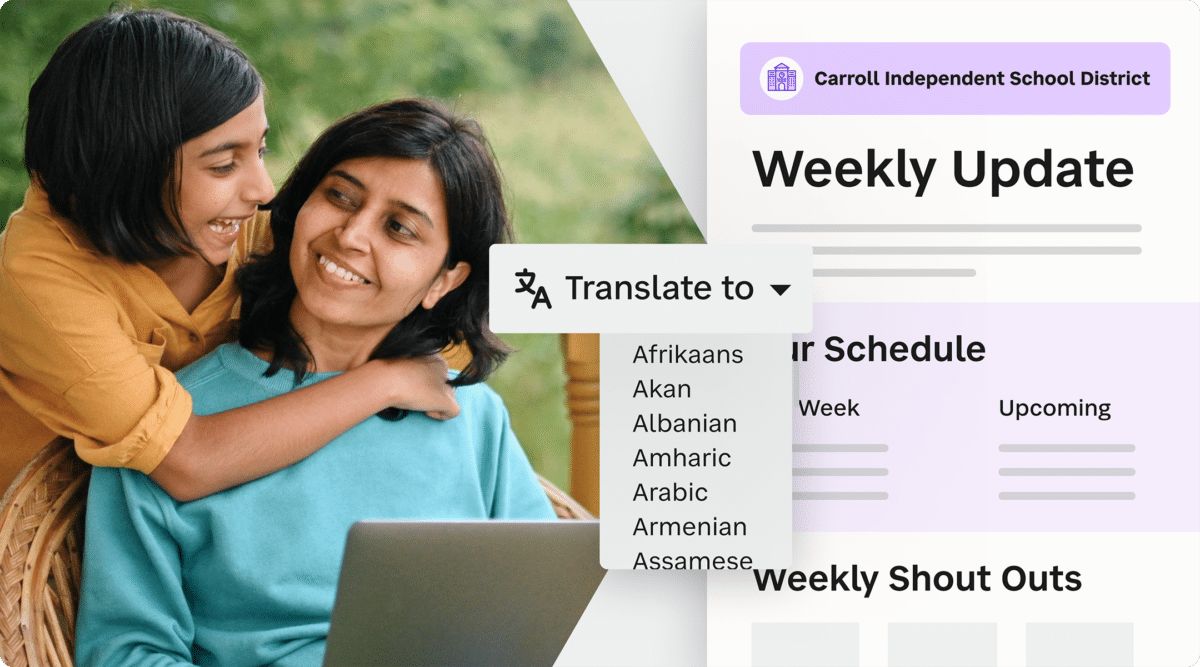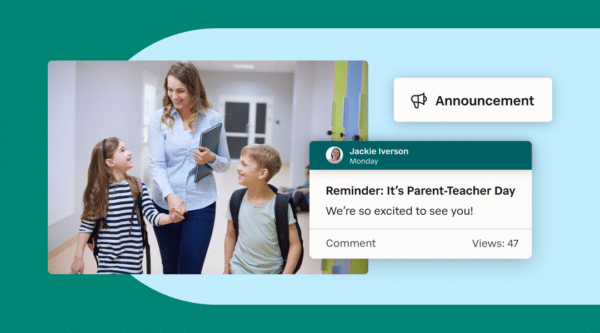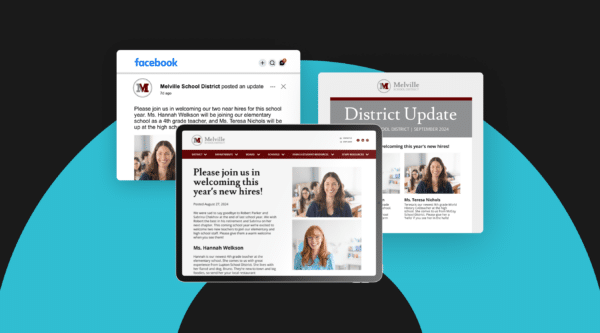

Attendance habits can have a huge impact on all aspects of a student’s life. And we’re not just talking about the ability to graduate. Regular school attendance can lead to better mental health, stronger relationships, and more job opportunities later in life.
Unfortunately, attendance plummeted during COVID and still hasn’t significantly improved for many schools.
While teachers quickly pivoted to deliver their curriculum remotely during the worst of the pandemic, families were often left to fill in the gaps that lockdown created for students—including regular accountability for attendance and homework.
There’s no easy fix, but there is a clear path forward. We have to guide students and their families back into a school routine.
How Direct Communication Improves Attendance
One simple action school administrators and educators can take is to ensure families and caregivers stay updated on school news via regular school-home communications.
Understand Where Families Are Struggling
It’s important to understand that there are many competing priorities in every student’s household. Internal and external barriers can make school connectedness challenging to achieve.

Language and socioeconomics are two major contributing factors to this disconnect. In 2020, surveys showed that 1 in 10 school-age children spoke a language other than English at home. And with 11 million children experiencing poverty, children are considered the poorest population in the U.S. today.
Not every family feels welcome at school or has the flexibility to attend PTA meetings. Few families have memorized the school year calendar. And while numerous adults rely on their children to inform them of what’s going on, children can be unreliable narrators.
Just because families don’t know doesn’t mean they don’t want to know. It’s our job to make sure they have easy access to important school information.
Weekly Digital Updates Build Trust and Engagement
Every Family appreciates hearing vital info straight from their child’s teacher.
When a teacher’s update arrives on the same day and at the same time each week, it feels similar to a conversation. A weekly bulletin—translated into the language they speak at home—with attendance requirements, when students are due at school, and how to know if there’s a school closure can make a real difference.
As families begin to rely on receiving timely information and become more and more familiar with what’s happening in the classroom, their trust in the teacher grows, as does their ability to support their child.
Some families need a more personal touch. An integrated communication solution gives educators the ability to deepen relationships with families through individualized contact via text, email, or phone calls.

Weekly Communications Help Families Support Their Children
The research is clear: consistent school-home communications improve student attendance, behavior, and performance.
If families don’t know what’s going on in their child’s classes, they can’t support their child’s learning in any concrete way.
For busy families, it’s easiest to take their children at their word. For example, if a child says they’ve done their homework, or there is no homework, their home adult may accept it as truth and move on to other matters. Similarly, if a child is struggling, families might not realize it until the situation is drastic—or know who to turn to for help.
Sharing weekly info about assignments, school support systems, schedules, and procedures is a win-win for schools and their families. Sending these updates digitally makes it easy to duplicate the same template and update the content each week.
Consistent School-Home Communication Pays Off
Getting families involved in the school community is a key way to build better attendance habits and offer stronger support for students.
Through regularly scheduled communications, families build relationships with educators and school administrative staff, understand the ins and outs of their district, and feel more included in school activities and conversations.
Regular school-home communication doesn’t just share classroom information, it builds trust. And trust is the foundation of good attendance.
Stay Connected
News, articles, and tips for meeting your district’s goals—delivered to your inbox.






